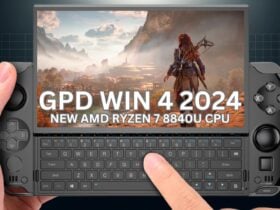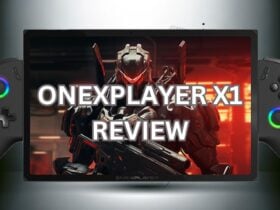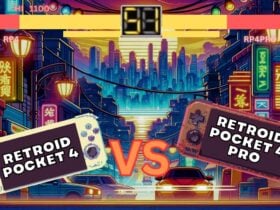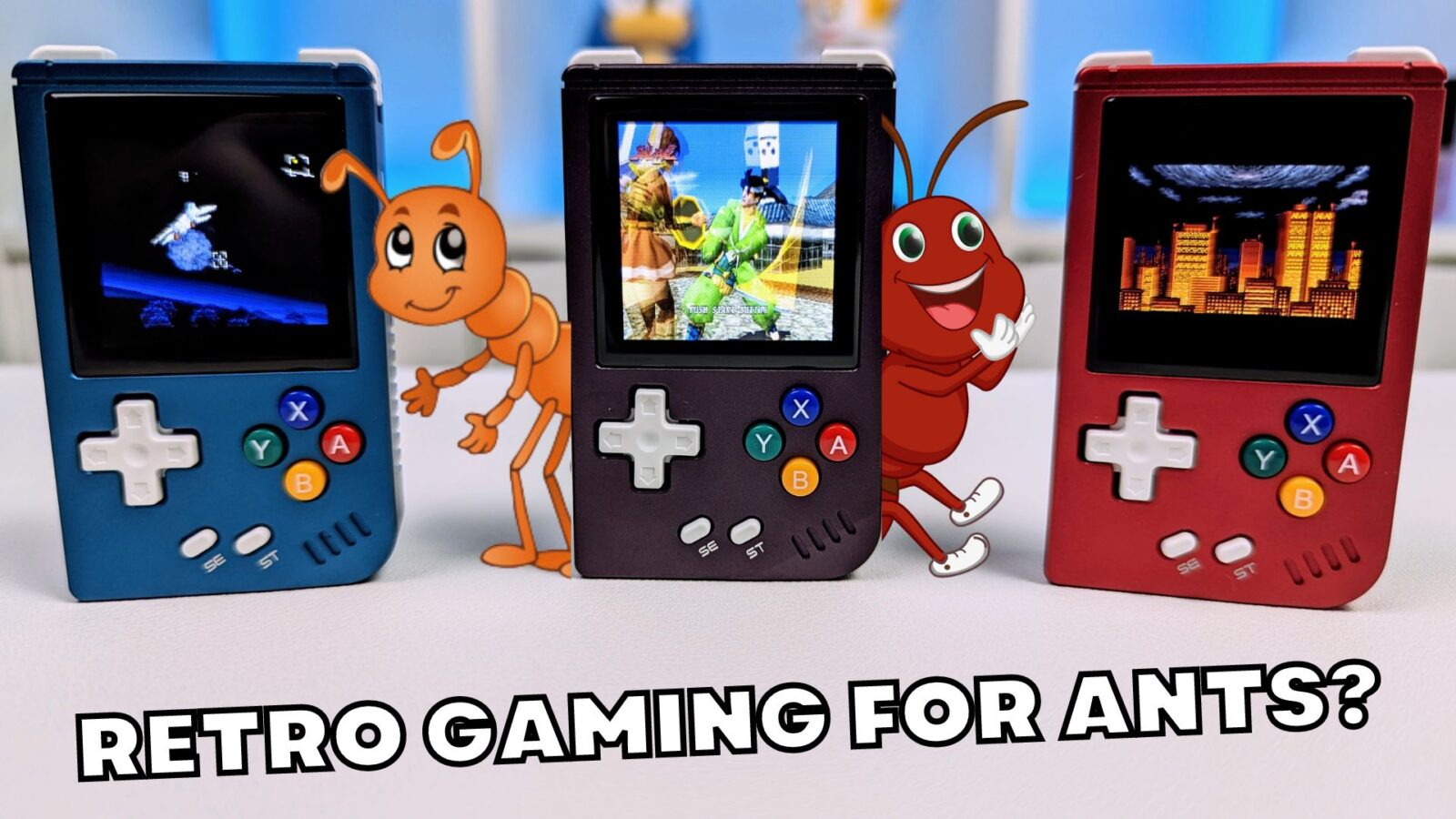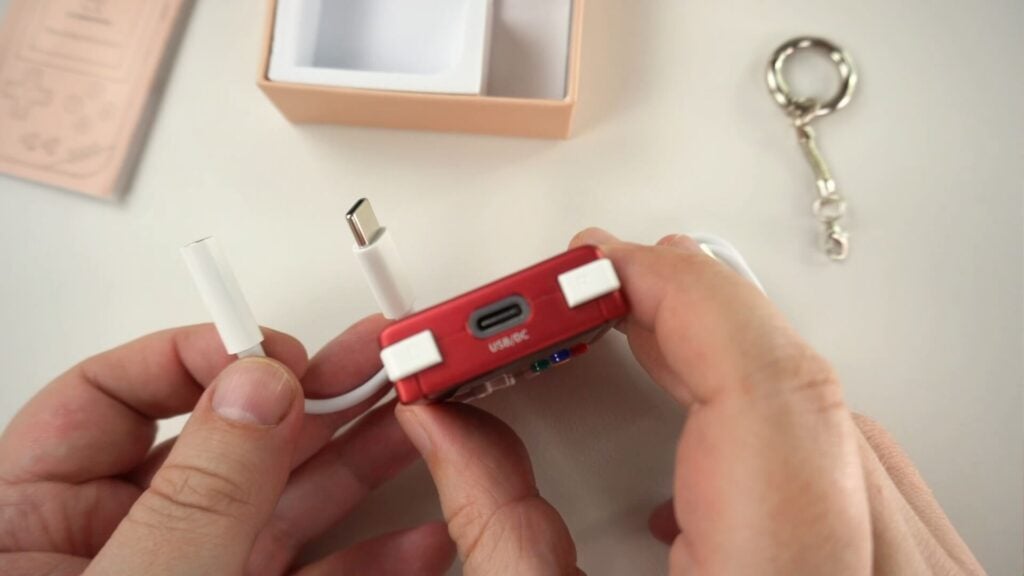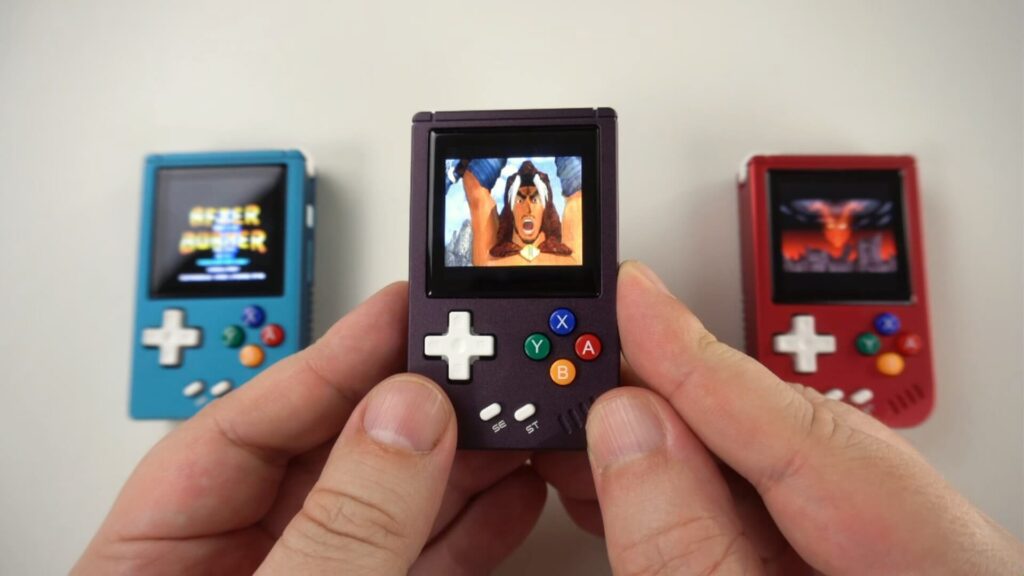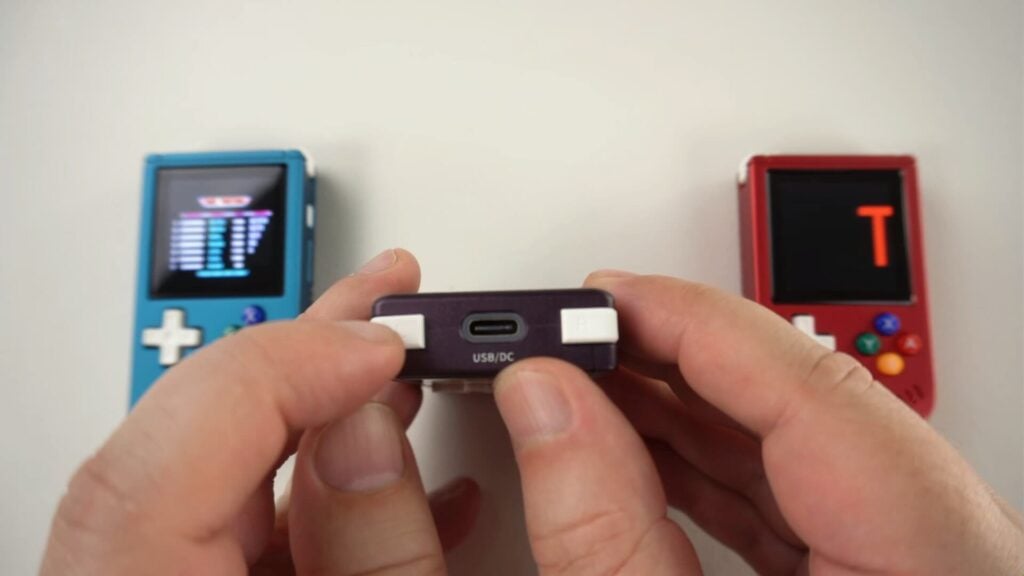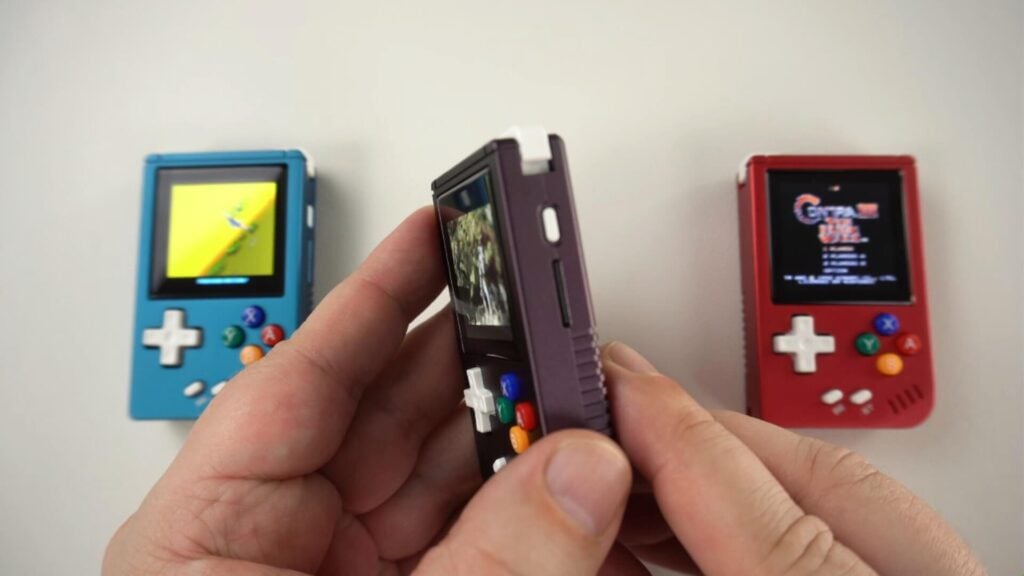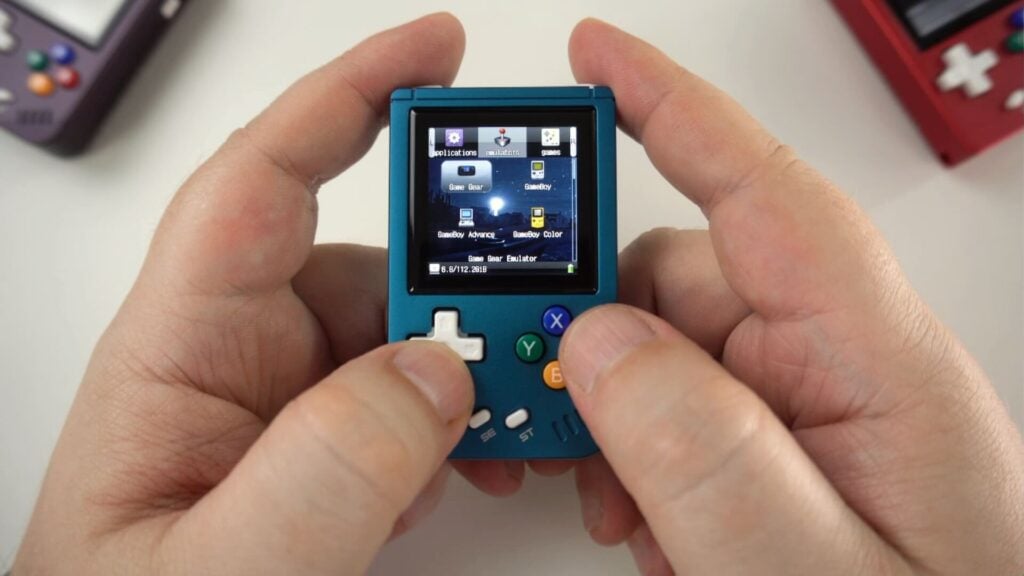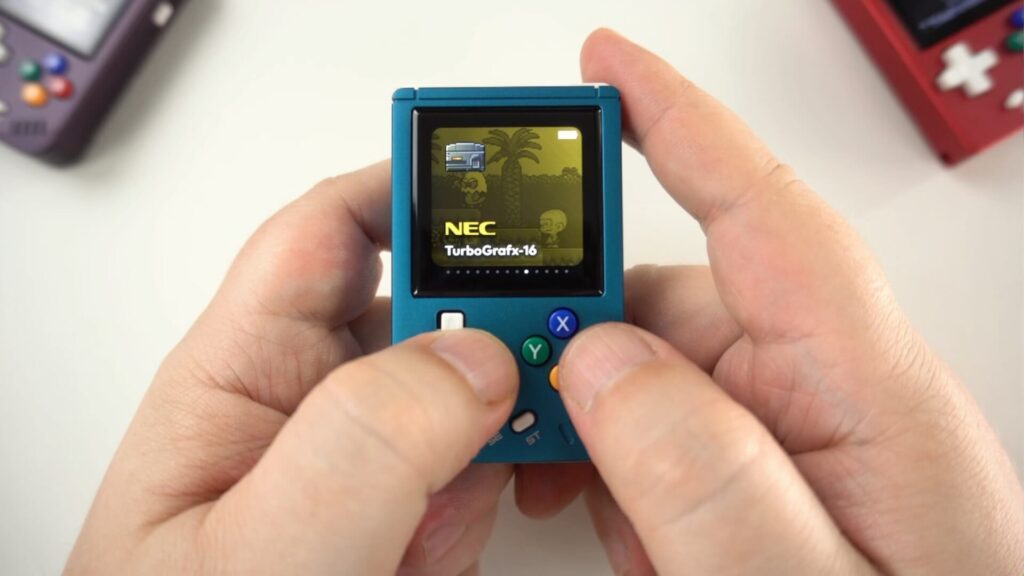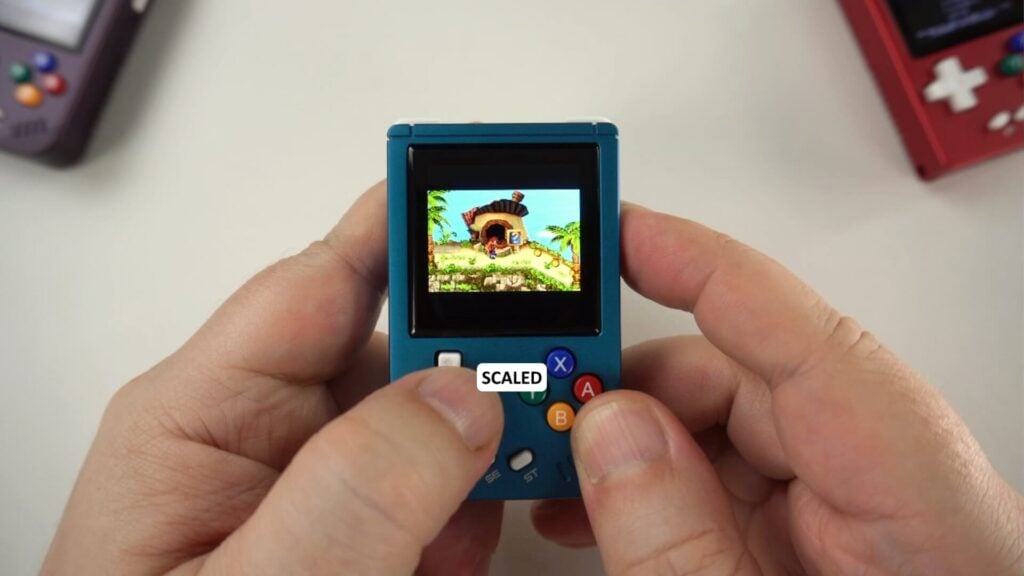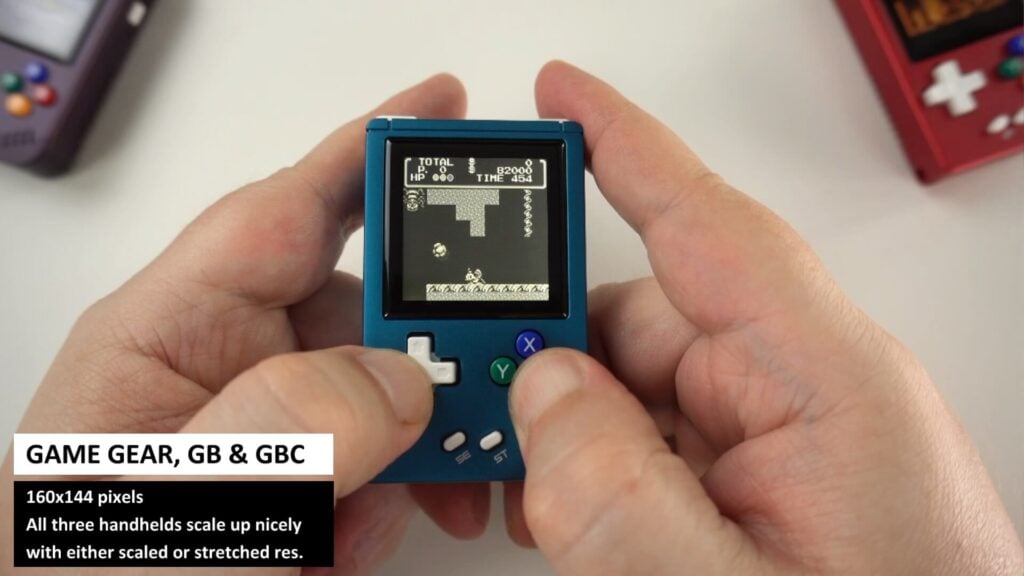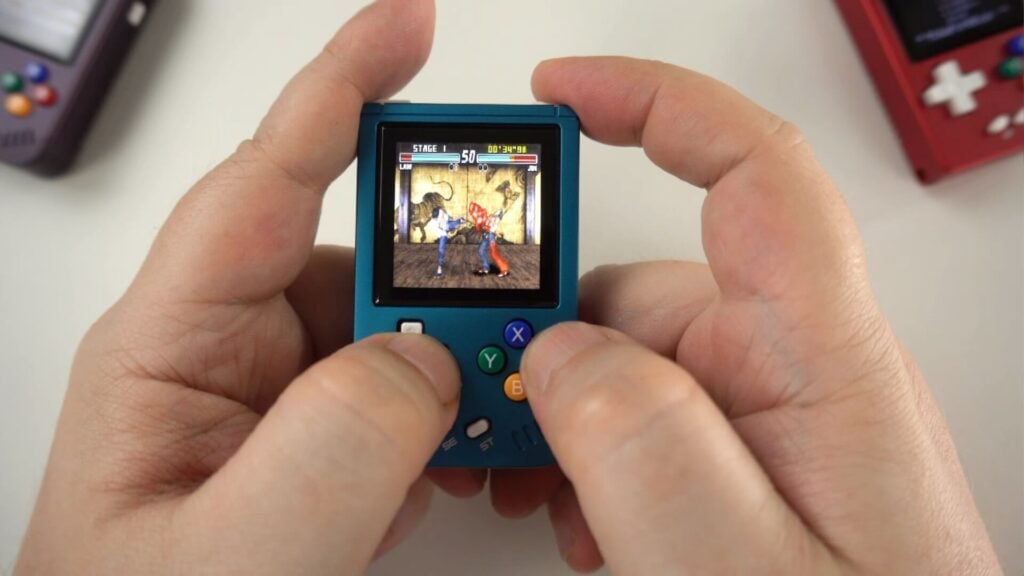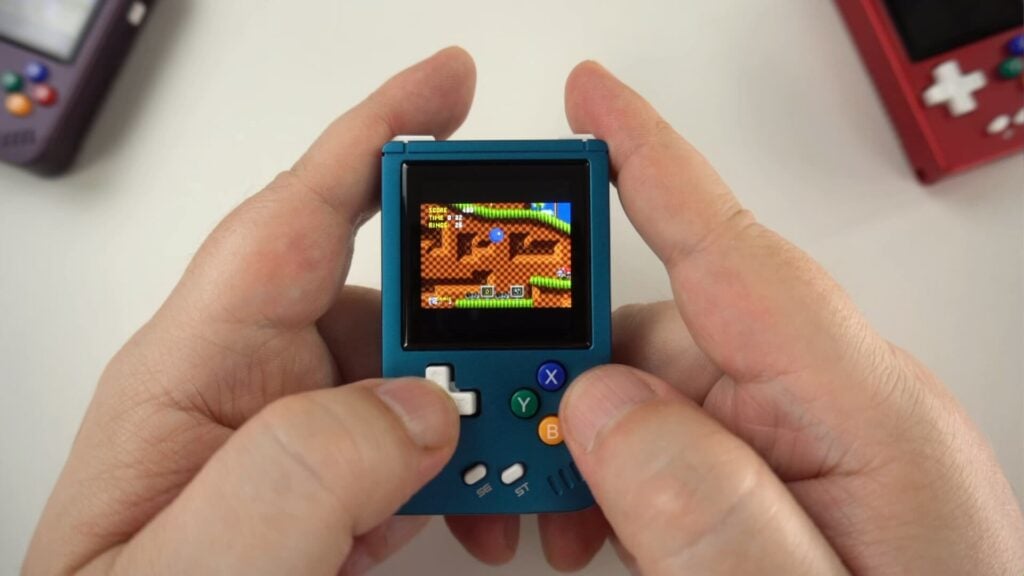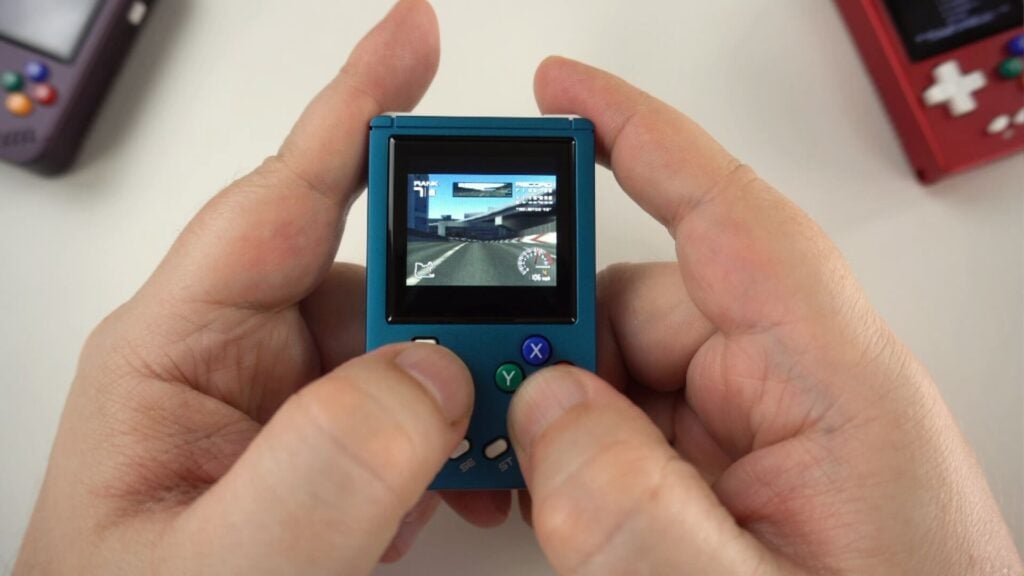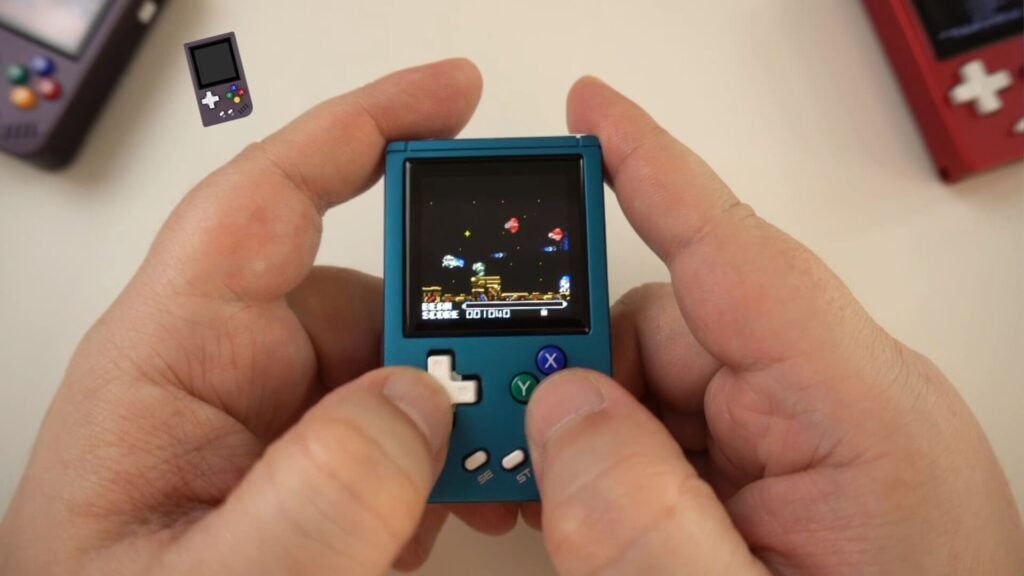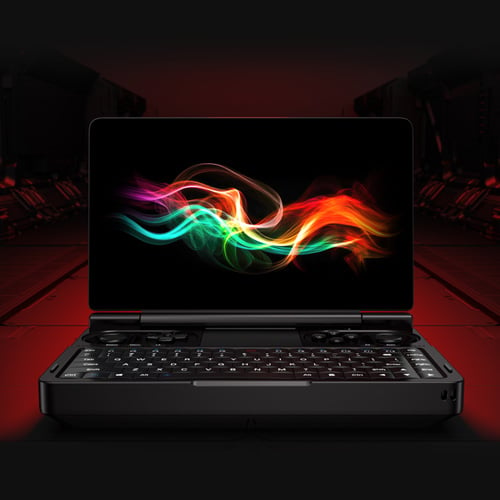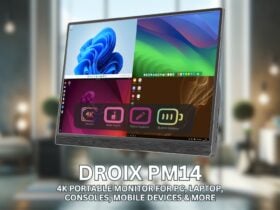Anbernic RG Nano Review
-
Design
(4.5)
-
Build Quality
(4.5)
-
Display
(4)
-
Performance
(4)
-
Features
(4.5)
-
Software
(4)
Summary
This tiny retro gaming handheld has its charm. Many classic handhelds and consoles are very playable but in shorter bursts before fatigue kicks in.
Overall
4.3User Review
( votes)Pros
- Extremely portable
- Metal case
- Decent selection of emulated systems
Cons
- Lower battery life compared with larger sized handhelds
- Not comfortable on your eyes for longer gaming sessions due to screen size
They say good things come in small packages, let’s put that to the test with Anbernic’s smallest handheld to date, the RG Nano. Join us in our RG Nano review as we unbox, overview, test the emulators performance and see how the games look on this tiny retro gaming handheld.
Anbernic RG Nano Review Video
Unboxing the RG Nano
Let’s get this RG Nano review started with the unboxing. First out of the box is the User Manual which is in English and Chinese. Next we have the Anbernic RG Nano retro game emulator which we will show in more detail shortly.
There is a keychain which you can use with the RG Nano to keep it on a zip, strap or keyring. Next there is a USB Type-C charge cable. And last but not least there is a Type-C to 3.5mm audio convertor cable which you can use to connect to headphones or speakers.
RG Nano Overview
We continue our RG Nano review with an overview of the handheld game emulator. The Anbernic RG Nano is available in three colours; Blue, Purple and Red. They measure 2.79 x 1.69 x 0.66 in (7.1 x 4.3 x 1.7cm) and weigh only 75 grams. The low weight is impressive with it being an aluminium alloy case, it’s not much heavier than an average sized Egg, or 2 slices of bread or 4 compact discs to put it into context.
The display is a 1.54 inch IPS at a 240×240 resolution. Despite its low resolution, there were handhelds with lower resolutions including the Gameboy Series, right up to the Advance model which was 240×160.
On the front is a classic D-Pad, four gaming buttons and Select and Start.
On the top are the two shoulder buttons and in the middle is a USB Type-C Port. The port is for charging and has a nice LED charge indicator around the port. You can use the included converter cable to connect to the 3.5mm jack for external audio. This does unfortunately mean you can’t charge and listen to music on external sources at the same time. There are separately available splitter cables that have both connections if this is a deal breaker for you.
On the right side is the power button which doubles as the menu button when tapped. And there is a slot for your micro SD card.
The D-Pad is surprisingly comfortable to use, though a little inaccurate in the heat of the moment. The gaming buttons are quite small but after spending a bit of time using them, they are not that bad and are responsive. You can’t grip the RG Nano portable game emulator, and instead rest it on your fingers which is quite comfortable for short periods of time.
RG Nano Technical Specifications
| CPU | Allwinner V3s ARM Cortex-A7 dual core processor running up to 1.2Ghz |
| RAM | 64MB DDR2 |
| STORAGE | 64GB micro SD card, can use up to 512GB card |
| DISPLAY | 1.54” 60Hz IPS display at 240×240 resolution |
| OS | Linux |
| BATTERY | Polymer lithium-ion battery 1050 mAh, lasting 2.5 hours |
As part of our RG Nano review we tested the battery and can confirm around 2.5 on average use running a mix of different emulators.
Operating System Overview
We are basing our RG Nano review on the latest version 1.0.1 of the firmware which has some improvements over the shipped firmware. It includes some retroarch emulator cores as well as ported games. We have a guide on how to update the RG Nano firmware here.
Frontend
You first boot into the gmenu2x frontend which lists all of your emulators from Atari Lynx up to PlayStation 1. Selecting a system will bring up a list of your games, select one and it will run the respective emulator and load the game. There is also the Retroarch tab which has a few emulator cores including arcade, PC Engine, Mega Drive and SNES.
Real Time Clock Function
There is also a Clock function on the retro emulator device which remembers the time even when switched off. It is a nice addition though perhaps having the screen on all the time is not great for battery life, but you can fully shut it down if you wish to.
As well as gmenu2x there is a second frontend called RetroFE. This is a more visual frontend and you can have game boxart instead of plain text lists for example. There are a few themes that you can use. Overall it works well, though I felt it was ever so slightly laggy on some themes.
Emulator Functions
The emulators have a nice feature where if you have previously played the chosen game, you are prompted to resume where you last left off, or start the game as if playing for the first time. Top marks here for including this feature!
You access the in-emulator menu via a quick tap of the Power button. From here you can change the volume and brightness, as well as save and load states. You can also change the aspect ratio which normally is not an importance, but is on this 240×240 display as some have a higher resolution.
A good example is Crash Bandicoot 2 on GBA. We can see changing the aspect ratio between Scaled, the most accurate to the original, shows the full game screen but has top and bottom borders. While Zoomed uses more of the display but misses the sides, Stretched uses the full display and misses some of the sides. And Cropped misses a lot of the sides. This will vary between the original display resolution of the console so see what works best for you depending on the type of game for example.
Garlic OS Custom Firmware?
It is worth mentioning that Black Seraph has hinted that the Garlic OS custom firmware may be coming to the RG Nano vintage gaming emulator. No other details have been announced as yet. But we know from his previous releases on other handhelds that it should work very well and is definitely worth installing once it is released. We will make an install guide on our Knowledge Base when it is available.
Emulator Performance
As part of our RG Nano review we take a look at the performance of the emulators. The processor has been used on a few classic gaming simulator console so we know the performance of it already. We can run up to the PS1 era, but some games on that may not perform very well. We will spend a few moments testing some handheld and console systems to see how they look and play on this tiny retro handheld.
Gameboy, Gameboy Colour and Game Gear
The Game Gear, original Gameboy and Gameboy Colour all share the same 160×144 pixel resolution. You can select between Scaled for original size and Stretched to make it full screen. All the games naturally run just fine with no issues at all.
Neo Geo Pocket
The Neo Geo Pocket runs very well at Scaled aspect ratio and it’s not worth stretching, zooming or cropping for a few extra pixels. As you would expect, all the games run great with no issues at all.
WonderSwan Color
The WonderSwan Color has a wider resolution so scaling does mean some top and bottom borders. It depends on the game what aspect ratio to use. For this game we can see Zoomed works well as it’s a racing game and the sides of the track are not so important.
Gameboy Advance
It is also similar on the GBA with its wider screen. As we saw earlier, playing Scaled shows the full original display but you have the borders. Zoomed mode is perhaps the best to use, but it can depend on the game.
And now on to the consoles, these have a larger native pixel resolution than 240×240. This means games need to be downscaled, zoomed or cropped to fit on the display.
Master System
The Master System and PC Engine’s native resolution is not far off the RG Nanos so you can use Scaled, Zoomed or Cropped depending on your preference.
MegaDrive & SNES
As we move into the 16 bit systems with the SNES and Mega Drive we see larger native resolutions supported. The scaled resolution has smaller top and bottom borders and should be fine for many games, stretched is actually not too bad, cropped and zoomed are OK depending on the game you are playing.
PS1
For PlayStation 1 it is a mixed bag. You will find many games that are not running at full speed for a start. I think you would see improvements with a custom firmware though. What’s more of an issue is the display, despite the native PS1 resolution of 320×240, it internally upscaled that to 480P which can make text very hard to read on this small display. I would say some games are fine, but don’t buy this specifically for PS1 gaming.
Final Thoughts
We conclude our RG Nano review with our thoughts on the handheld game emulator. The RG Nano is an interesting retro emulator device. When the review samples arrived, everyone in the office was queuing up to try them. The initial feedback was “I am going to buy one for my child” or “this is great for when on the train” etc. We do get this feedback from other products but not as many as what the RG Nano did.
I had the exact same initial feelings, but after spending some time using the RG Nano, my opinions have changed a little. Maybe it is my age, but after an hour of using the handheld game emulator, my eyes were starting to strain looking at such a small display. My eyesight is OK, not perfect, but I don’t have this issue with usual sized handhelds. It is something to be aware of if you do have any eyesight conditions.
The RG Nano falls into the novelty category for me. It is more of an occasional retro emulator device for quick gaming sessions that is incredibly portable and storable when not in use. It is an instant attention grabber, show it to someone and they will be hooked on the range of playable handheld and console systems on such a tiny retro handheld.
For the Anbernic RG Nano being your main sit down and play extended gaming session handheld, I could not honestly recommend it. Instead you should buy a traditional sized handheld. You can get a Miyoo Mini Plus or Anbernic RG35XX for a similar price and enjoy a larger screen, longer battery life and faster performance.
Despite a few complaints, the RG Nano has a definite charm about it. And guess what, there is now one in my pocket, ready to play at any time!
Where to buy the Anbenic RG Nano?
You can learn more and buy your Anbernic RG Nano here. Use the code RGNANO5OFF for a 5% discount on the Checkout. Or browse our range of retro gaming handhelds here.
That wraps up our RG Nano review. We hope you have found it useful. What do you think of the RG Nano? Is it too small, a novelty, or love it? Let us know in the comments!
The RG Nano getting started guide
If you are planning to order the RG Nano or just got yours delivered, we have a handy getting started guide here. It goes into detail covering topics such as changing the frontend, aspect ratio switching, firmware updating, adding files to the SD card and much more.

